
Where We Be
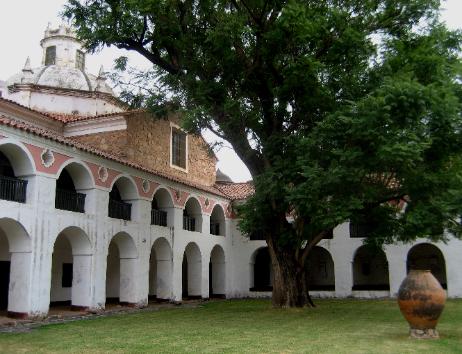
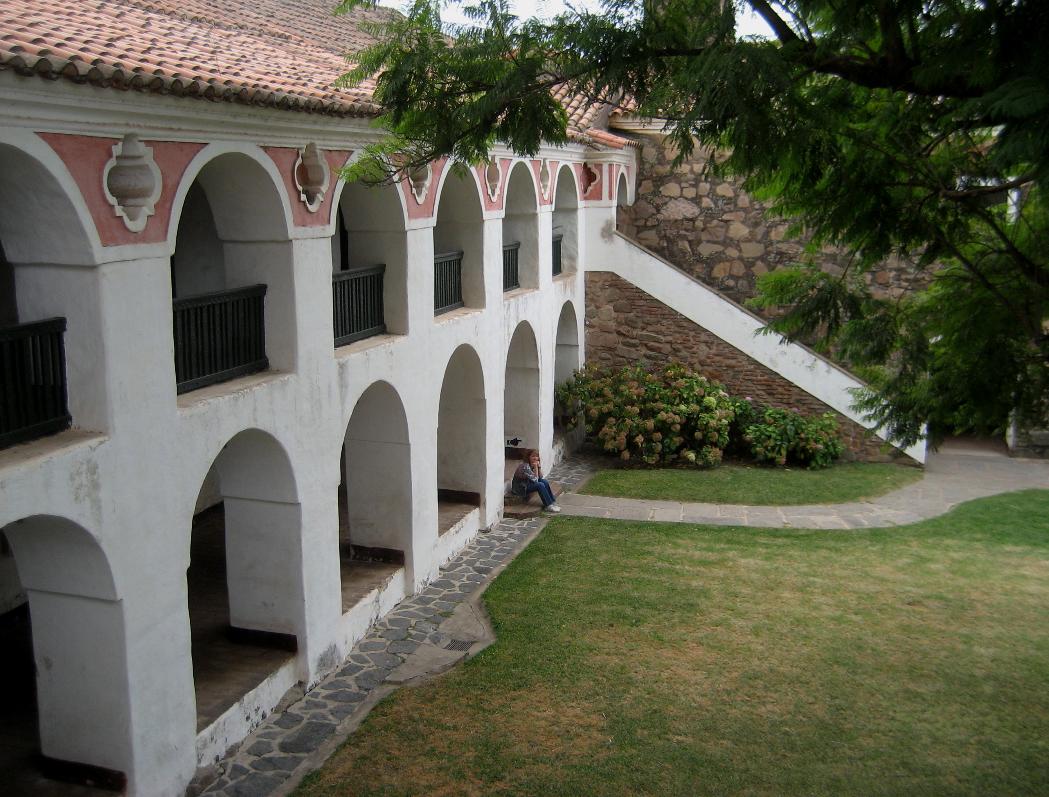
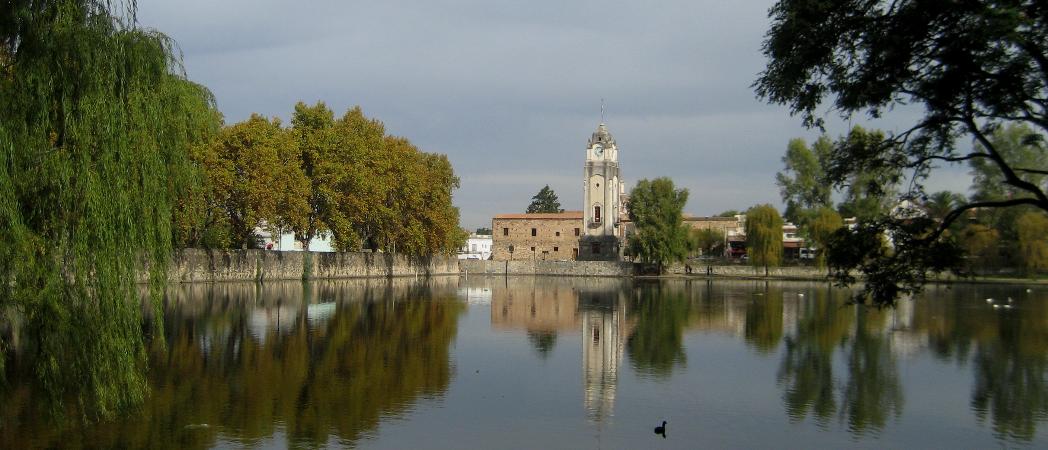
| The University of Cordoba, founded 1622 -- Argentina's oldest and the fourth oldest in South America |
Cordoba is Argentina's second largest city after
Buenos Aires. It's a big, bustling university city
with no less than six universities and a history
stretching back to the 1500s. Cordoba's historical
center is chock-full of old stone buildings, ancient
libraries, and Jesuit artifacts. A ten-block radius at
the city center is designated pedestrian-only, so
it's a pleasure to walk these streets brimming
over with cafes, boutique shops, and restaurants.
Amidst all the modernity is the Jesuit "Block of
Enlightenment," a Unesco World Heritage site that
includes Argentina's oldest university. Just
around the corner is a rediscovered underground
Jesuit crypt, a cathedral built in 1577, and a
cabildo (colonial city hall) with a tranquil cloister.
The Jesuits built five estancias (ranches) in the
countryside surrounding Cordoba and these have
also been designated as Unesco World Heritage
sites. We took day trips to two of the estancias,
one in Alta Gracia an hour south and the other in
Jesus Maria an hour north. While in Alta Gracia we
toured the Che Guevara Museum, located in the
house that once served as his boyhood home.
You couldn't imagine a more quiet beginning for
"Che," the revolutionary who would eventually
help Castro take over Cuba.
Buenos Aires. It's a big, bustling university city
with no less than six universities and a history
stretching back to the 1500s. Cordoba's historical
center is chock-full of old stone buildings, ancient
libraries, and Jesuit artifacts. A ten-block radius at
the city center is designated pedestrian-only, so
it's a pleasure to walk these streets brimming
over with cafes, boutique shops, and restaurants.
Amidst all the modernity is the Jesuit "Block of
Enlightenment," a Unesco World Heritage site that
includes Argentina's oldest university. Just
around the corner is a rediscovered underground
Jesuit crypt, a cathedral built in 1577, and a
cabildo (colonial city hall) with a tranquil cloister.
The Jesuits built five estancias (ranches) in the
countryside surrounding Cordoba and these have
also been designated as Unesco World Heritage
sites. We took day trips to two of the estancias,
one in Alta Gracia an hour south and the other in
Jesus Maria an hour north. While in Alta Gracia we
toured the Che Guevara Museum, located in the
house that once served as his boyhood home.
You couldn't imagine a more quiet beginning for
"Che," the revolutionary who would eventually
help Castro take over Cuba.
| Cordoba, Argentina |
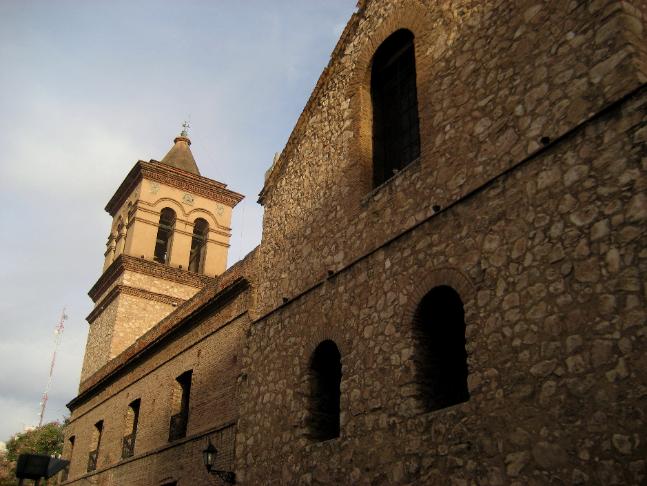
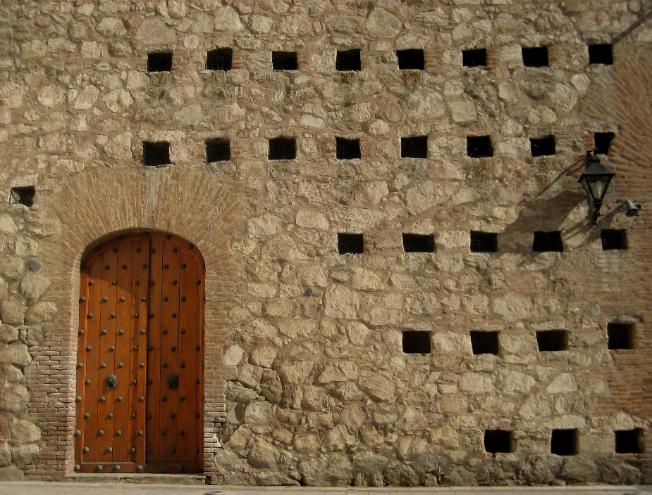
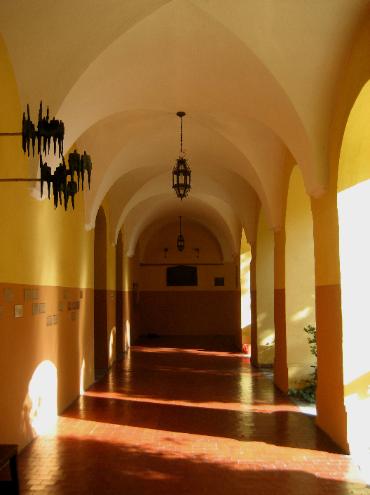
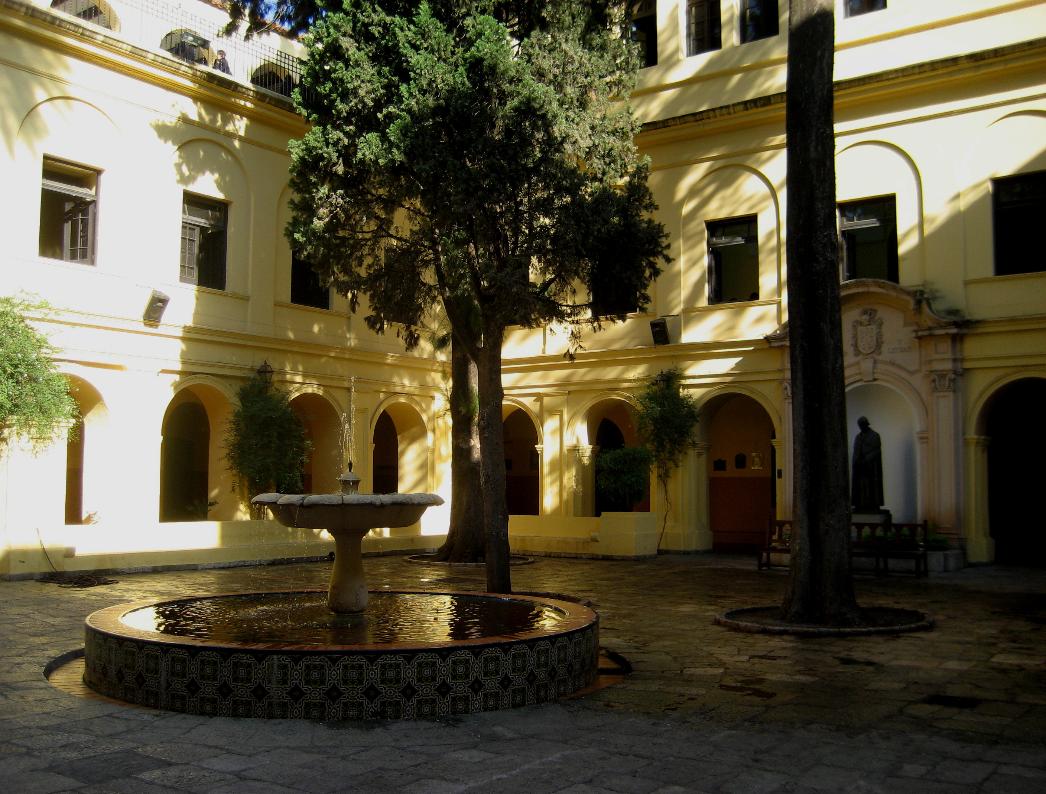
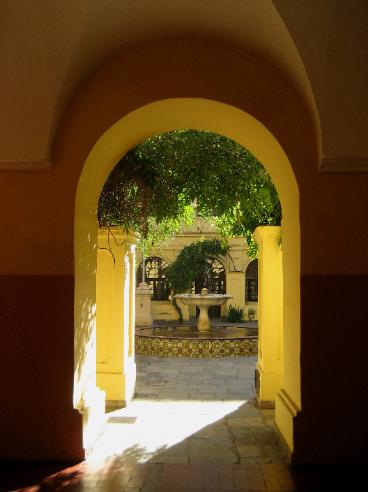
| This fortress-like church is located next to the university on the Jesuit "Block of Enlightenment" |
| Cloister passageway within the university |
| Fountain seen through sunlit archway |
| Students were attending classes while we toured the university grounds |
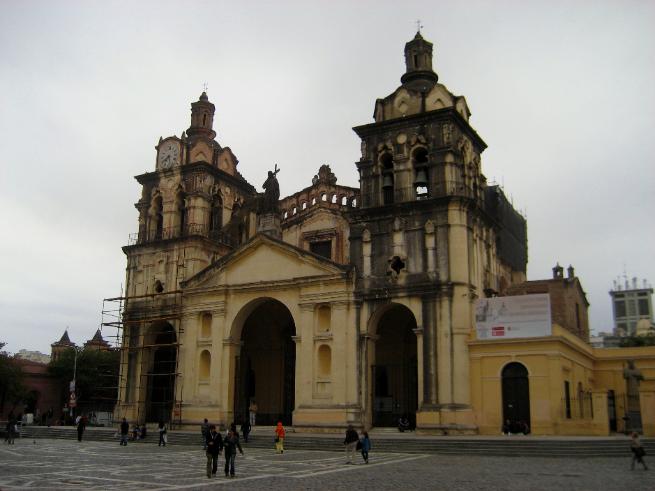
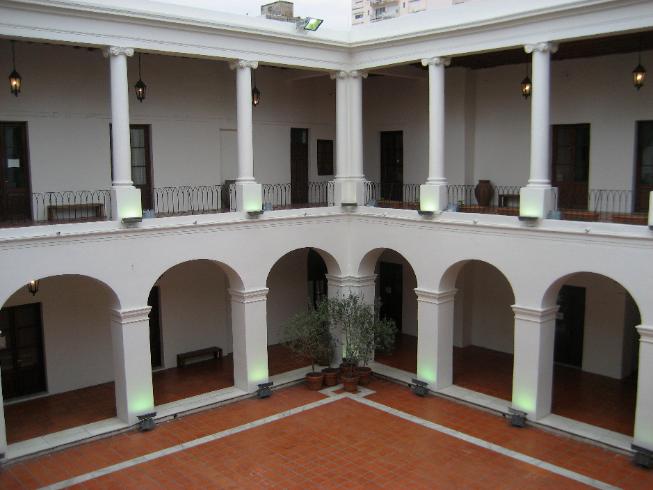
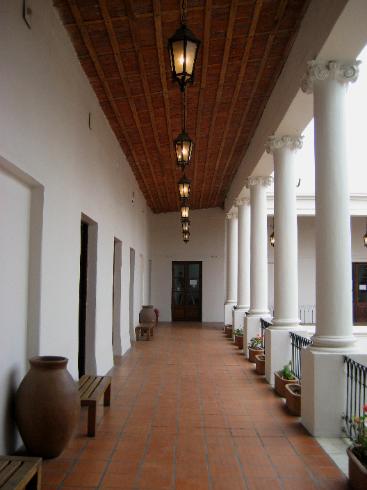
| This is the cathedral on Cordoba's main square, built in 1577 |
| The cabildo, or colonial government building, is also on the main square and offers a tranquil escape from the bustle of the modern city |
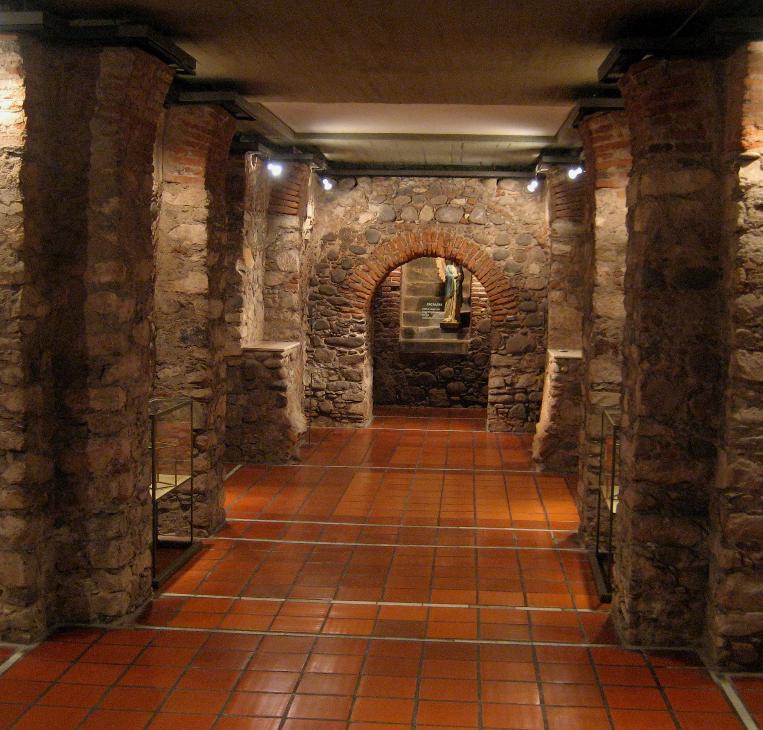
| This underground Jesuit crypt was rediscovered while cable was being laid in the city and has been lovingly restored |
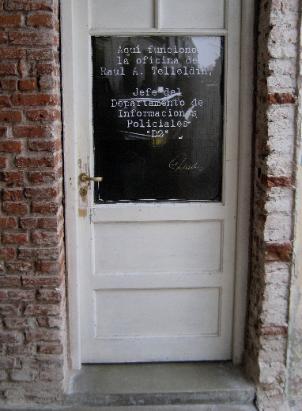
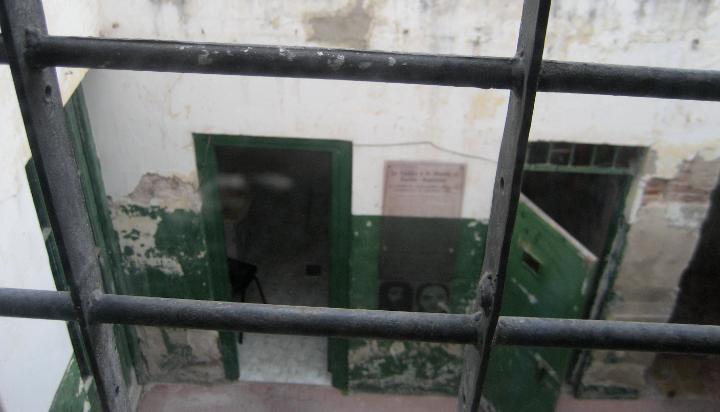
| A darker side of Argentina--a former detention/torture center turned into a museum dedicated to the 30,000 who "Disappeared" during the "Dirty War" of the 70's/80's |
| Alta Gracia |
| Alta Gracia began as a Jesuit estancia, or ranch, on which grapes and other crops were grown to help support the university the Jesuits had founded in Cordoba |
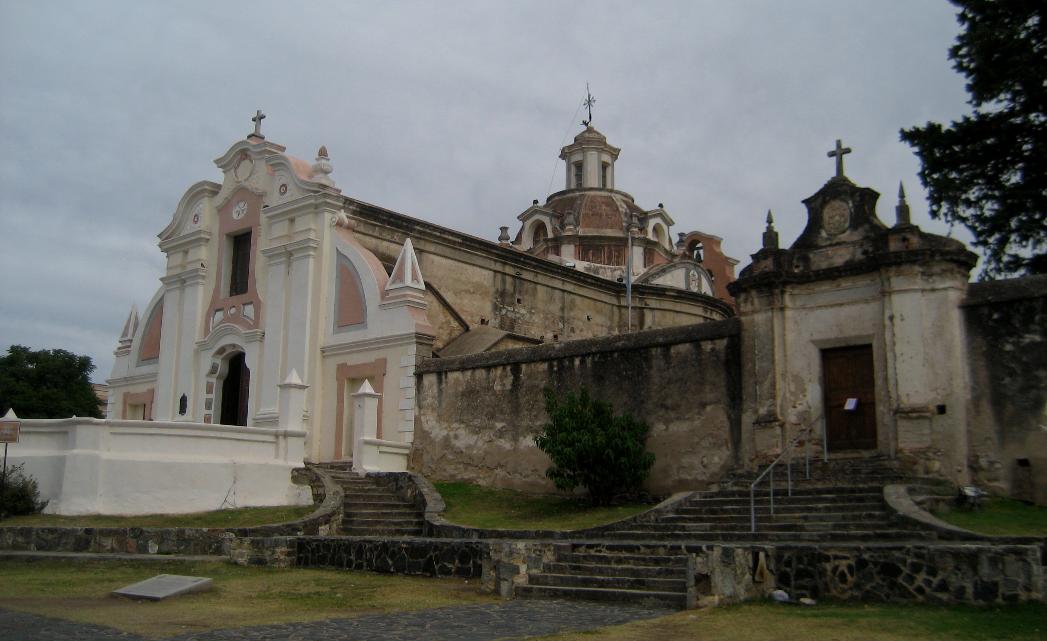
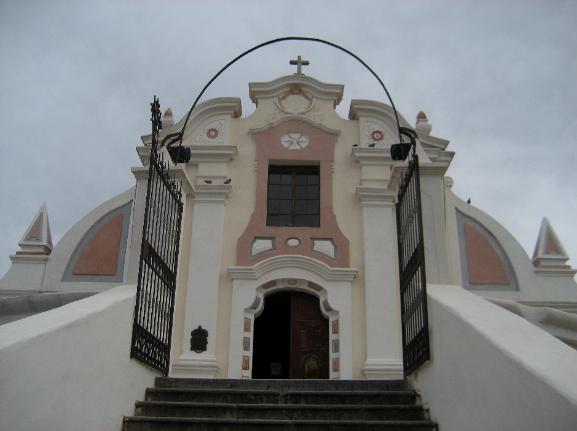
| The Jesuits made a peaceful oasis in this dry place -- now a Unesco World Heritage site |
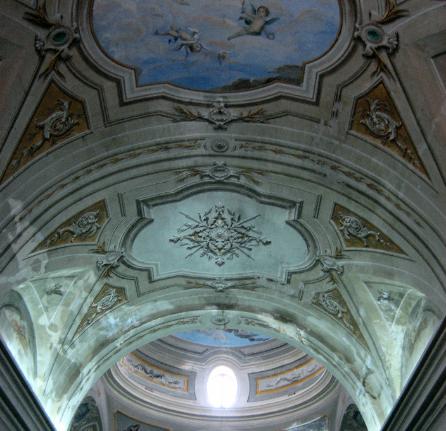
| Lovely facade of the church at Alta Gracia |
| The "tromp l'oeil" church ceiling is painted, not carved as it appears |
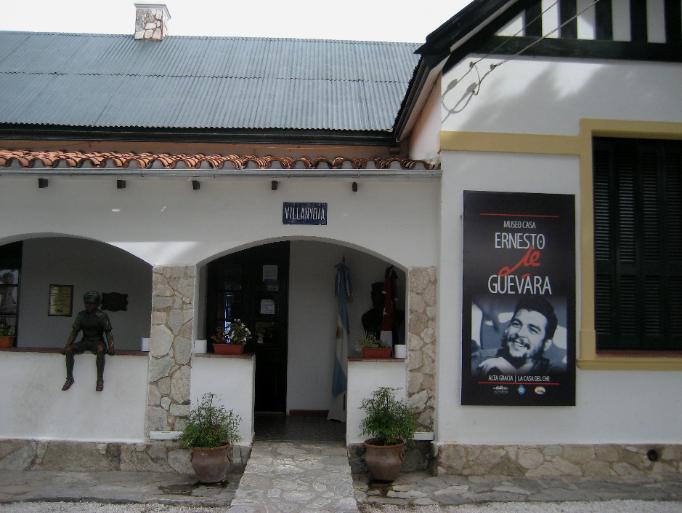
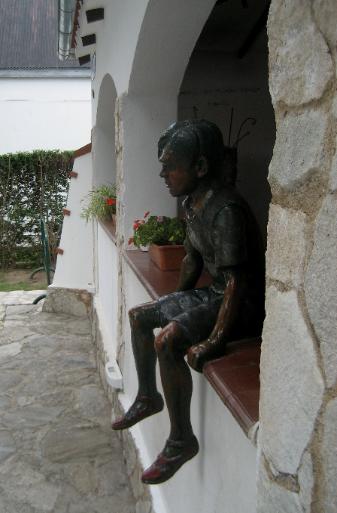
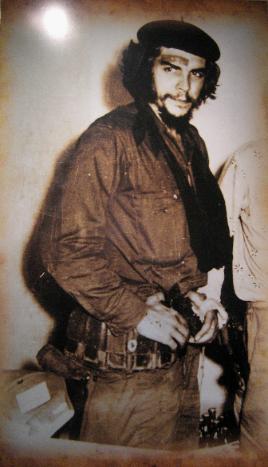
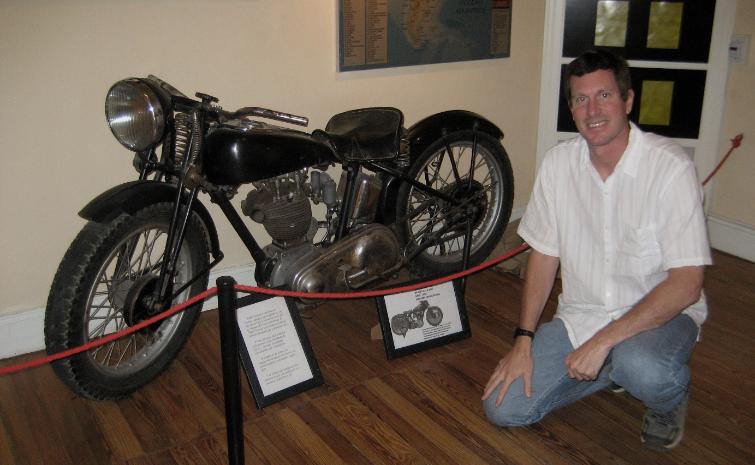
| The other key site to see in Alta Gracia is the boyhood home of Che Guevara |
| Statue of Che as a boy |
| This is the same type of motorcycle Che used in his journeys through South America as told in "The Motorcycle Diaries" |
| Photo of Che the revolutionary |

| You never know what you're going to see in a foreign city -- I think this is the most stuff I've ever seen loaded on a single dolly! |
| Jesus Maria |
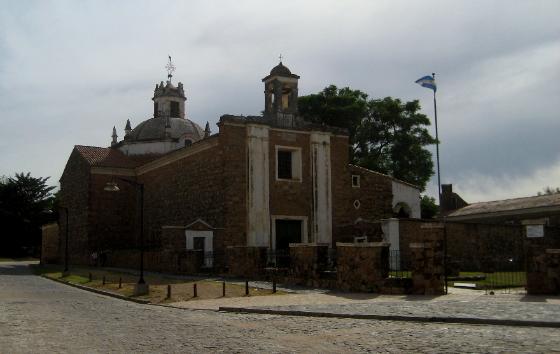
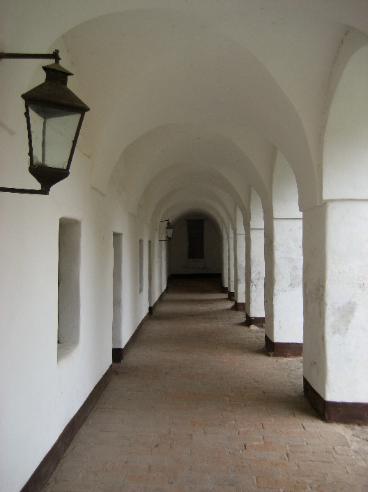
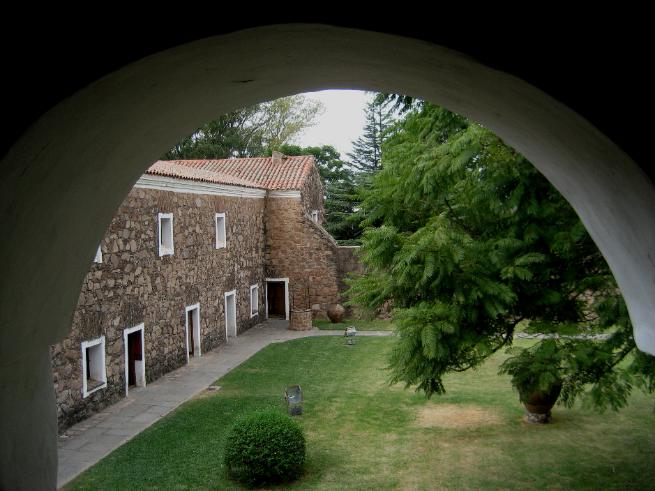
| Robin relaxes inside the peaceful confines of the Jesuit estancia at Jesus Maria |
| The inner courtyard as seen from one of the curving upper windows |
| Starkly beautiful upper hallway in the estancia |
| A different view of the inner courtyard |
| The walled estancia at Jesus Maria as seen from the outside |